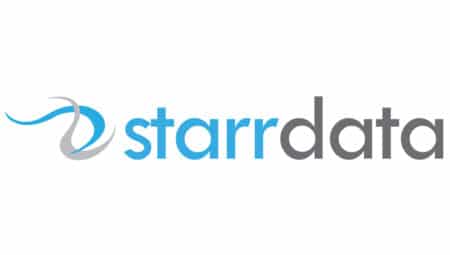What’s the quickest way to earn the trust of your client? Offer them consistency and reliability. One of the simplest methods of gaining client trust is to present consistent pricing to your client at every step of the way by developing strong pricing rules.
Sudden changes in pricing can cause your client to lose confidence in your company. Without dependable pricing rules, any figure you quote your client could appear to be random. You could leave money on the table if you undervalue your estimate. You could also potentially overcharge your client, and overcharging a client could drive them away— that’s the last thing you want!
How do you avoid these issues that could cost you a client or result in you charging less than you should? Here are a few ways to provide consistent, reliable pricing, billing, and estimates.
Check Your Anchors
An anchor is a price point that a client or customer is familiar with. Not only does the price seem fair, but it’s also understandable; it’s a number we as the general public are used to seeing, and so we view it as a reasonable price.
As an example of this, we can look to Apple. Apple found that offering simple, easy-to-remember prices was an effective selling tool. Setting an anchored price for an iPod Shuffle for just under $50 or an AppleTV for just under $100 was stronger than setting the price at $10 more, merely because the former value is more palatable. $50 and $100 totals are nice round numbers; they seem to be stronger, fairer price points than $60 or $110 prices, and this is due to the psychology of pricing. We are conditioned to find these round numbers to be reasonable price points. Think of our monetary system for support here: you can actually hold a $50 or $100 bill in your hand. The concept for this price makes sense; you can see the value on a single bill, rather than a combination of several bills, which feels much more complicated.
While this idea of an “anchor” works for pricing goods, it can translate into services as well. What prices will your potential clients view to be a value for them? In addition to setting prices that make sense for your client, having strong, anchored points for your services means less work in terms of pricing and billing, and more consistent estimates and final prices as well.
This is also important when you think about bundling or volume discounts – what is familiar or easy for your client to remember or understand? This will simplify your pricing rules across the board and help your team apply these pricing rules effectively. Setting anchors gives you a firm pricing baseline from which you can suggest add-on services as well – boosting sales, but allowing your client to choose which services are relevant to them along the way.
Using anchored pricing will help you develop a consistent, easily-followed pricing rule that not only makes sense to you and your team, but it also makes sense to your client as well.
Make Your Pricing Rules Part of Your CRM System
What is the easiest way to keep your pricing rules as consistent as possible? Eliminate manual pricing and make your pricing rules a part of your CRM (client relationship management) system with Salesforce. If the conditions and effects of your pricing are automatically built into your pricing module and change based on your set conditions, pricing is a breeze. This kind of pricing rule is known as automated price calculation.
Not only does this empower your sales reps with pre-approved pricing rules they can trust, but it gives them a quicker turnaround in creating quotes since they aren’t stuck waiting for approval. These price rules can be personalized to your company’s needs, as well as to the specific needs of your clients as well.
Know Your Type of Pricing Rule
Salesforce software is designed to simplify your pricing, but when you are starting out with Salesforce, it can be challenging to keep multiple discounts and pricing rules straight. Whether you are providing a volume discount, percent-of-total subscriptions, or have a pre-negotiated contract price, these pricing rules are implemented differently and can impact each other in big ways.
Make sure you know what kind of pricing rule you are dealing with. Additionally, it’s important to ensure that each rule interacts with the others the way you want them to. Is there a pricing rule that voids another discount? Double-check and make sure your pricing rules are functioning correctly and that they make sense with each other.
Ask Us for Help!
In the beginning, setting price conditions and actions can seem complicated— especially if there are multiple rules. There are many steps to get right along the way, and getting started may seem overwhelming, especially if a pricing rule applies to only a particular good or service or you have several rules in play. At StarrData, we are well versed in all the ins and outs of pricing rules.
Want to know more about how an automated price calculation and billing service like Salesforce can help your business grow? Ready to implement automated pricing rules? StarrData is here to make your transition to Salesforce as painless as possible. Contact us today!

